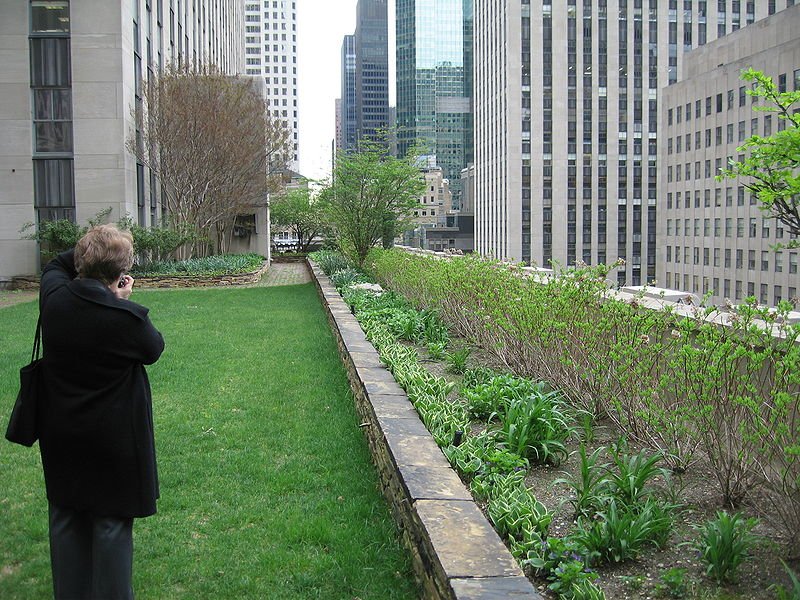As the climate continues to change, temperatures are not increasing equally in all areas. Large cities and urban centers are seeing rising temperatures significantly higher than surrounding areas, in an effect coined “urban heat islands.” By the year 2030, almost 60 percent of people worldwide will live in urbanized areas, and this temperature change will be more than just a matter of comfort; the effect is predicted to be as much as 22 degrees F, independent of greenhouse induced warming. The Journal of Environmental Economics and Management reports that with rising temperatures, tempers will also rise — by 2099, climate change is predicted to cause an additional 22,000 murders and 180,000 cases of rape. So it´s not an idle curiosity that has led researchers to look ahead for effective adaptation strategies.
Because heat islands are primarily created by the absorbtion of sunlight in materials such as concrete, a few of the most effective technologies deal with changing roof technologies. An assistant professor at Arizona State University’s School of Geographical Sciences and Urban Planning, Matei Georgescu, recently conducted a study of roofing materials, and showed that with widespread changes, urban heat islands can be controlled.
“This is the first time all of these approaches have been examined across various climates and geographies,” Georgescu told Arizona State University Press. “We looked at each adaptation strategy and their impacts across all seasons,” he said, “and we quantified consequences that extend to hydrology (rainfall), climate and energy.”
Unsurprisingly, the study found that technologies functioned best when they took into account the specific climate of the location. In California, simply painting your roof white significantly reduces the amount of heat absorbed, but in colder locations, different strategies are needed. With cool roofs in areas with harsh winters, “The energy savings gained during the summer season,” Georgescu said, are “nearly entirely lost during the winter season [because of additional heating costs].”
As is often the case with environmental “solutions,” Georgescu stressed it´s important to investigate potential consequences. The study also found, for example, that green roofing techniques, in addtion to cooling urban areas, also reduce preciptation by as much as 50 percent. This means in areas sensitive to drought, like Florida, cool roofs might not be the best way to tackle urban heat islands.
A one-size fits all solution to environmental issues are rarely possible, so studies like Georgescu’s continue to be extremely important in tackling how to move forward with climate adaptation strategies.
Image via wikimedia commons
